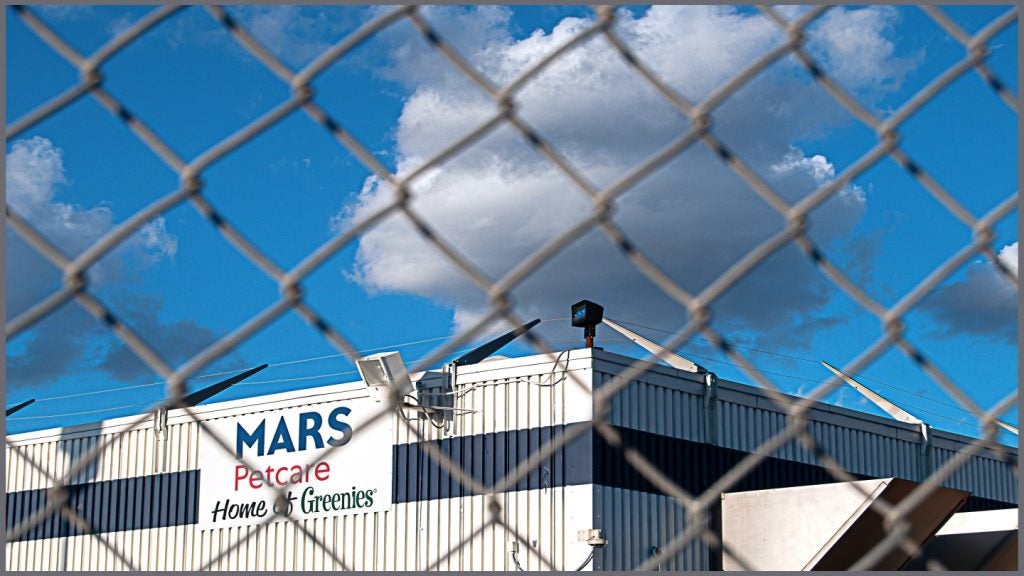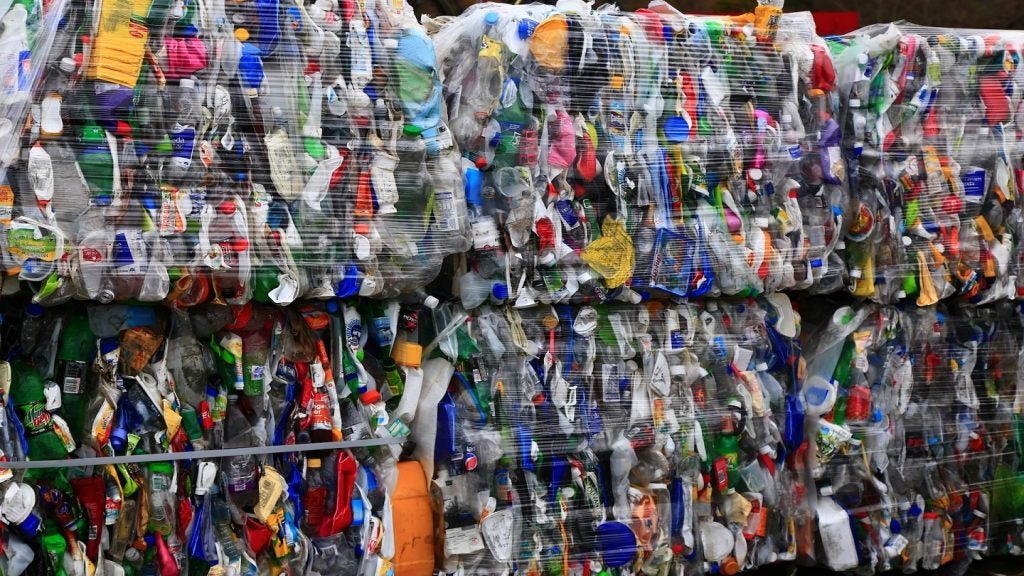Payment service provider PayU and consumer internet group Prosus have published a joint report on scaling sustainable packaging for e-commerce delivery platforms.
The report clarifies that though there is no global benchmark to measure packaging sustainability, it is no longer just recycling-focused.
Instead, it has multiple dimensions to qualify – cost efficiencies, consumer preferences, enabling business growth, minimising environmental impact and complying with regulations and market trends.
What are the golden rules of sustainable packaging, according to the report?
- Reduce packaging through design and logistics.
This involves ensuring the low weight and minimum size of packaging materials, consolidating orders to avoid overpackaging, designs for recyclability and encouraging vendors through incentives to adopt sustainable packaging.
- Remove problematic and unnecessary elements
In practice, this means removing plastics that can be avoided without compromising utility and eliminating problematic packaging in the light of recycling (such as multilayer plastics) and collection (materials likely to escape collection, such as small components).
- Reduce virgin material and increase recycled content
Set virgin material reduction targets to decrease the total weight of virgin materials used in packaging. Those efforts should support reducing packaging mass, eliminating unnecessary and problematic elements and increasing post-consumer recycled content.
- Replace petrochemical-based plastics with low-impact and regenerative materials
Choose low-impact materials for your packaging and foster innovation in regenerative materials. Provide these to your partners as affordable options to make innovation accessible at a larger scale.
- Adopt and scale reuse models
Introduce reusable models in-house, rely on an external service provider to support logistics and technology and choose a system with reliable digital infrastructure. For consumer-facing businesses, use a deposit system or alternative incentives to ensure returns and reward customers for choosing reusable options.
- Promote sustainable options with partners and consumers
As consumers increasingly demand more environmentally and socially conscious options and businesses transform their operations to meet market needs, platforms can facilitate the interaction between supply and demand.
- Calculate your packaging footprint
This is needed to understand the impact of packaging at every stage, from design to disposal. Account for and potentially disclose packaging volumes per country and material type.
- Raise awareness to improve recycling and composting
Provide clear instructions on the packaging and support your partners in doing the same, considering different geographical realities. In addition, develop digital tools to inform consumers without placing the burden solely on them to recycle.
- Invest in building infrastructure that captures materials and prevents waste
Effective packaging systems require collaboration along the materials’ value chain, inclusive participation from and investments by manufacturers, brands, waste collectors, recyclers, consumers and governments. Parties should identify the levers to increase the effectiveness of the packaging system and set up projects, fund investments in infrastructure and align on materials, design, processes and ways of working.
- Create scale through collaboration
Join purpose-driven partnerships or funds to catalyse change, such as the Plastic Pact network or the Ellen MacArthur Foundation.
The report concludes that the market role of delivery platforms gives them the unique opportunity to influence both upstream (restaurants and vendors) and downstream (customers and users) participants in their value chain to systemically tackle the growing problem of packaging waste.















